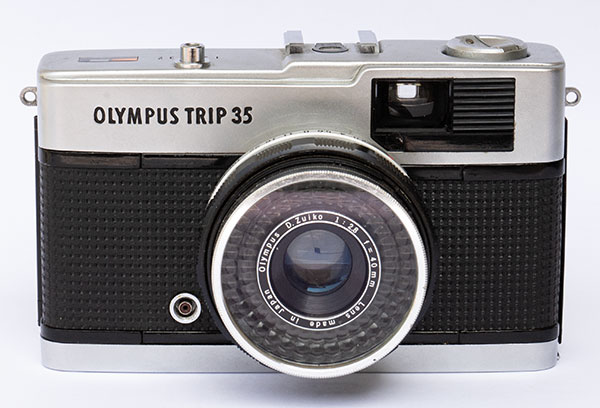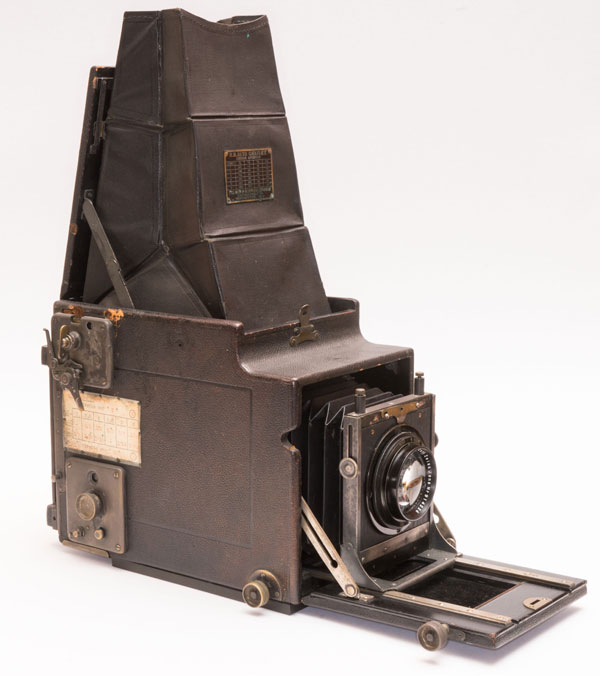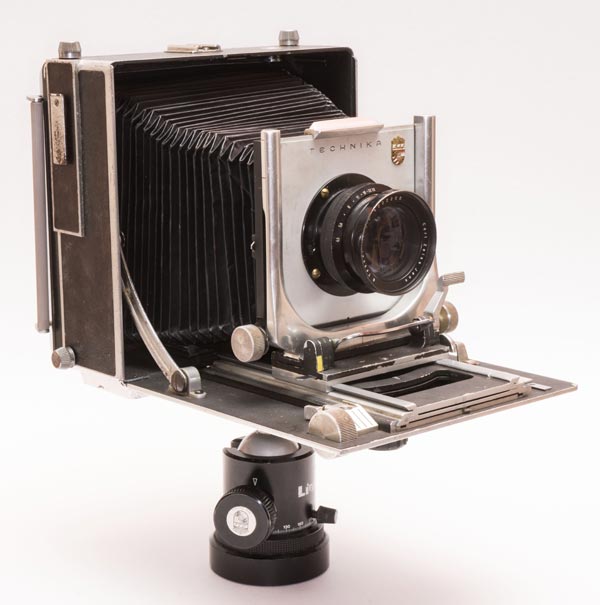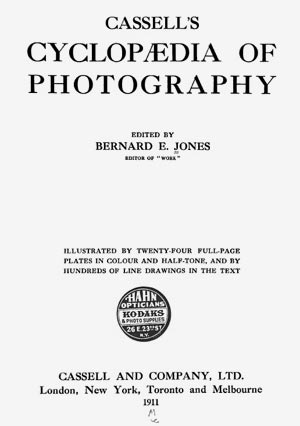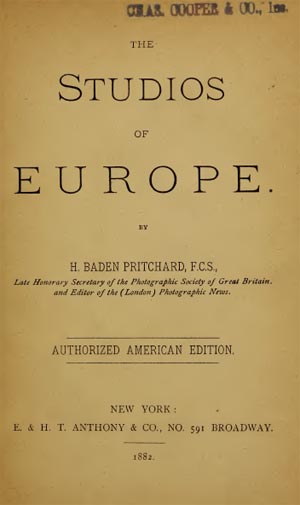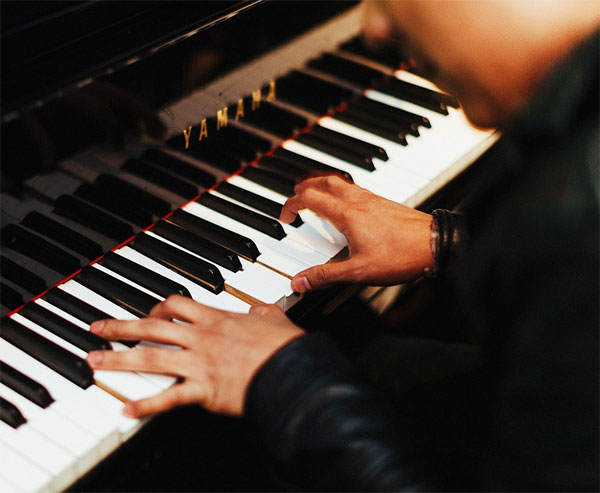Perhaps the most familiar of all family cameras, the Olympus Trip 35 was for 35mm film what the Brownies were for 120 and later 127 film. Very robust, impeccable finish and strictly what is needed for good photos of travel, moments with friends and family and also street snapshots.
Author - wlungov
With the Kodak Bullet Camera, designer Walter Dorwin Teague used the characteristics of bakelite to create one of the nicest cameras in the Art Deco style of the 1930s. It is a camera for the amateur, for photos that are unpretentious in terms of technique but full of affectionate memories.
Among the hundreds, perhaps thousands, of camera models released by Kodak throughout its history, the Beau Brownie is part of a select group. This is the group of the first models in which aesthetics went hand in hand with functionality. It is a box camera from the 1930s, Art Deco style, very nice and perfectly usable even today.
Monoreflex camera in 9x12cm or 4x5" format, member of a series of several similar models. A series that was the first great success of Graflex when it was still called Folmer and Schwing Manufacturing Company. It is an excellent option for those who want to take portraits or action photos in larger format nowadays.
Extremely compact and feature-rich, this folding camera was designed in 1920 and manufactured until 1938 in 6.5 x 9 and 9 x 12 cm formats. Very pleasant to use and a great option for those who make dry plates.
Photographic enlarger from the time when negatives shrunk to miniature cameras, needing magnification, but electric light was not yet available. Aimed at the amateur market, it accompanied the Vest-Pocket Cameras that made 4.5 x 6 cm negatives for enlargements of up to 13 x 18 cm
Camera in 13 x 18 cm or 5 x 7" format, this Linhof Technika follows the basic design of a drop bed but has a very large number of features. All metal, it is built with a precision that allows for smooth and precise movements even after many decades of use.
This is a 1911 publication and is arranged in alphabetical order as in a dictionary. No subject is explored in depth but it is very useful for researching terms related to photography. Chemical reagents, photography genres, optics, cameras, all kinds of accessories, processes, etc. There are 636 pages especially useful for those studying the...
Very simple device, but it causes a surprising immersive effect to see photos. The graphoscope was an indispensable accessory for collectors of carte de visite or cabinet pictures, the established formats of photographic portraits that were a real craze in the 19th century.
This book covers the practice of professional portrait photography in leading studios across Europe. It was published in 1882 and therefore refers to the period when carte cabinets were consolidated as the preferred format in relation to the carte de visita format that had its peak in the 60s and 70s. In addition to the names of the main...
Wooden and ground glass camera from the first half of the 20th century. A very simple type of construction with few movements but still rigid and well finished. Certainly a camera for the amateur photographer when the 13x18 cm format still didn't scare anyone.
Imagine a piano on which you can play any song like a virtuoso. Imagine a camera with which you can take any picture like a pro.
